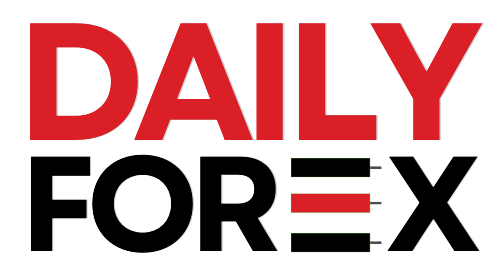Gold prices are set to benefit from rising U.S. deficits and fiscal instability—even in the absence of a full-blown crisis—according to analysts at the World Gold Council (WGC).
With the passage of the “One Big, Beautiful Bill,” the U.S. faces an additional $3.4 trillion in debt over the next decade and a $5 trillion debt ceiling hike unless aggressive growth targets are met. The WGC flagged this as a key driver of safe-haven demand, especially amid mounting political uncertainty, including Elon Musk’s newly launched “America Party.”
“Fiscal risks are stacking up, and they’re already triggering a global capital reallocation,” analysts noted. A weakening dollar, rising gold prices, and increased Treasury yields reflect investor unease. The bond market remains volatile, and that’s supporting gold’s role as a defensive asset.
From Tariffs to Treasuries: Market Turbulence Ahead
The WGC highlighted how Trump’s initial tariff wave—dubbed “Liberation Day”—sparked a sharp sell-off in U.S. Treasuries. Now, the new spending bill, projected to add $3.4 trillion in debt, threatens further instability.
This shift is pushing investors away from U.S. assets. “Gold is emerging as a preferred hedge against political dysfunction and fiscal overreach,” the report said.
Why Rising Rates Aren’t Killing Gold
While higher interest rates typically weigh on gold, that inverse relationship has weakened since 2022. Despite real rates now exceeding 2%, gold has climbed, fueled by central bank demand and investor hedging behavior.
“Emerging market central banks have accelerated gold purchases, citing reasons like diversification and geopolitical risk,” the WGC said.
Capital Exodus and Shifting Safe-Haven Preferences
As uncertainty spreads, global capital is rotating away from U.S. Treasuries toward alternative safe havens like gold. This is driving up gold prices while putting pressure on U.S. bond demand and swap spreads.
The WGC emphasized that even without a fiscal “crisis,” long-term debt concerns are reshaping investor behavior. “Fiscal worries are statistically significant in explaining gold price movements,” they wrote.
No Crisis, But Rolling Mini-Shocks Ahead
The WGC does not forecast an imminent fiscal meltdown but warns of a series of “rolling mini-crises” as bond markets react to unsustainable policies. A weakening perception of fiscal discipline alone could be enough to spark yield spikes and fuel gold demand.
“If markets doubt a government’s fiscal credibility, the reaction is swift,” analysts warned. “Even short-lived volatility gives gold a meaningful boost.”
Conclusion: Gold’s Safe-Haven Status Solidifies
While geopolitical tensions and rate policies remain key factors, fiscal deterioration is now a central pillar of gold’s bullish outlook. As the U.S. contends with swelling debt, political risk, and wavering investor confidence, gold’s long-term support base is only strengthening.
Stay Updated with Daily Forex Pakistan.




